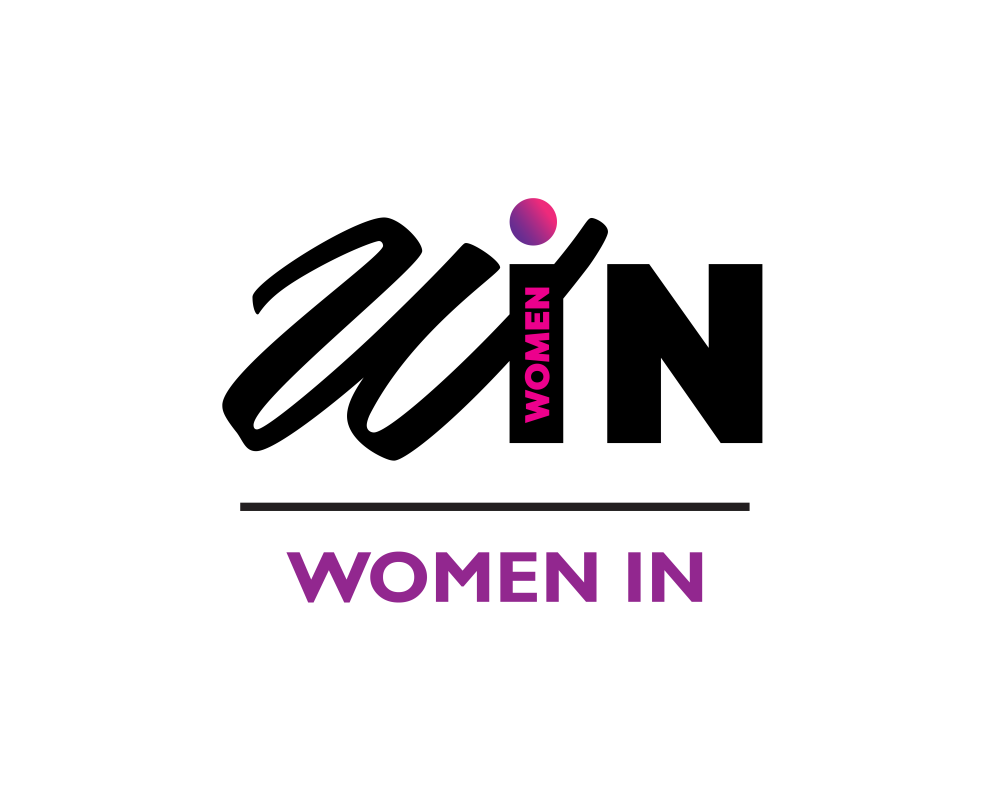From awareness to accountability
- Revamp recruitment and promotion processes: Use blind resume reviews and diverse hiring panels.
- Measure equity: Track representation, retention, and promotion data across demographics.
- Invest in leadership development for underrepresented groups: Give women and minorities access to the tools and mentorship needed to grow.
- Create safe reporting systems: Foster psychological safety by making it easy and non-punitive to report discrimination or exclusion.
Recognising bias is important, but the real challenge and opportunity lies in what comes next: taking action. Bias may be human, but what we do with that knowledge is a conscious choice.
Let’s commit to doing more than noticing bias. Let’s name it, challenge it, and change the systems that allow it to thrive because equity doesn’t happen by accident, it happens by action.







